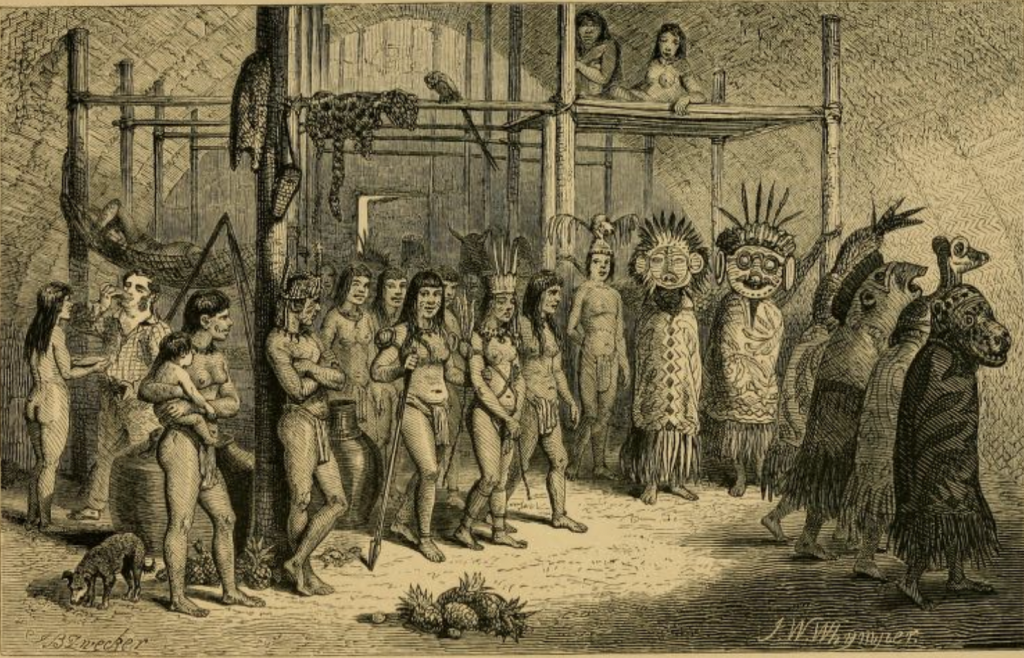
Henry Walter Bates was a notable English naturalist and explorer who is best known for an expedition into the Amazon Rainforest, which he led alongside Alfred Russel Wallace in 1848. After spending 11 years in Brazil, Bates was able to collect 14,712 different samples of species, most of those being insects. At the end of this trip, he wrote down most of his experiences and discoveries from Brazil in his most notable book called The Naturalist in the River Amazons. Within his book he doesn’t only describe specimens of animals he found during this expedition, but he also narrates occasional dilemmas between the settlers and natives within the region.
One would assume that from his point of view, this land was quite a wonderland for naturalists, and entomologists. He was entirely fascinated by the experience that even when Alfred Wallace, Bates did not feel overwhelmed by losing his companion, but instead pushed through on his expedition which allowed him to stay an extra 6 years with Wallace now absent. In his book he goes on to describe his observations from certain towns and people within them. He notes that in Brazil there is a ton of diversity for there are several white men from Portugal, alongside with Indians, and Slaves. He also notes that there seems to be a small portion of half breeds for the blending around that time wasn’t happening at a large scale due to cultural disagreements between the Indians and the white Europeans.
Something that should be taken back from the first chapter from his book, was the way in which he described how the social and economic hierarchy practically depended on what race you belonged to. In a sense, all the developed areas of the country, those being towns or any form of appropriate civilization usually where runed by the white Portuguese landowners. He would explain that only white races where typically found in these areas that were either serving as the start of a civilization, or farmlands. Eventually however, the Portuguese would clash with native Indian rebels, who would commence raids to get rid of all the white folks who were exploiting the land. After finishing reading through the first chapter of this book a few things became clear, at first glance to a foreigner, reading about these constant conflicts within Brazil, one would believe that these tribes were halting the progression of this newly founded society.
Primary Sources:
Bates, Henry W. The Naturalist on the River Amazons, a Record of Adventures, Habits of Animals, Sketches of Brazilian and Indian Life and Aspects of Nature under the Equator during Eleven Years of Travel. Internet Archive. London, J. Murray, January 1, 1863. https://archive.org/details/naturalistonrive02bate/page/n8/mode/2up?view=theater
Secondary Sources:
O’hara, James E., Claudio J. Bidau, John Dickenson, Graham S. Cowles, Mark Seaward, P. J. P. Whitehead, Michael Pearson, and Chan-Chia Hsu. “Henry Walter Bates-the Naturalist of the River Amazons: Archives of Natural History: Vol 19, No 2.” Archives of Natural History. Edinburgh University Press, January 7, 2008. https://www.euppublishing.com/doi/abs/10.3366/anh.1992.19.2.209.
Tikkanen, Amy, ed. “H.W. Bates.” Encyclopædia Britannica. Encyclopædia Britannica, inc., February 2, 2022. https://www.britannica.com/biography/H-W-Bates.
